- Lightroom Presets
- Mobile Presets
-
Photoshop
-
Learn
-
Support
-
Install
- Best Sellers
- Blog
By Anna Gay on | No Comments
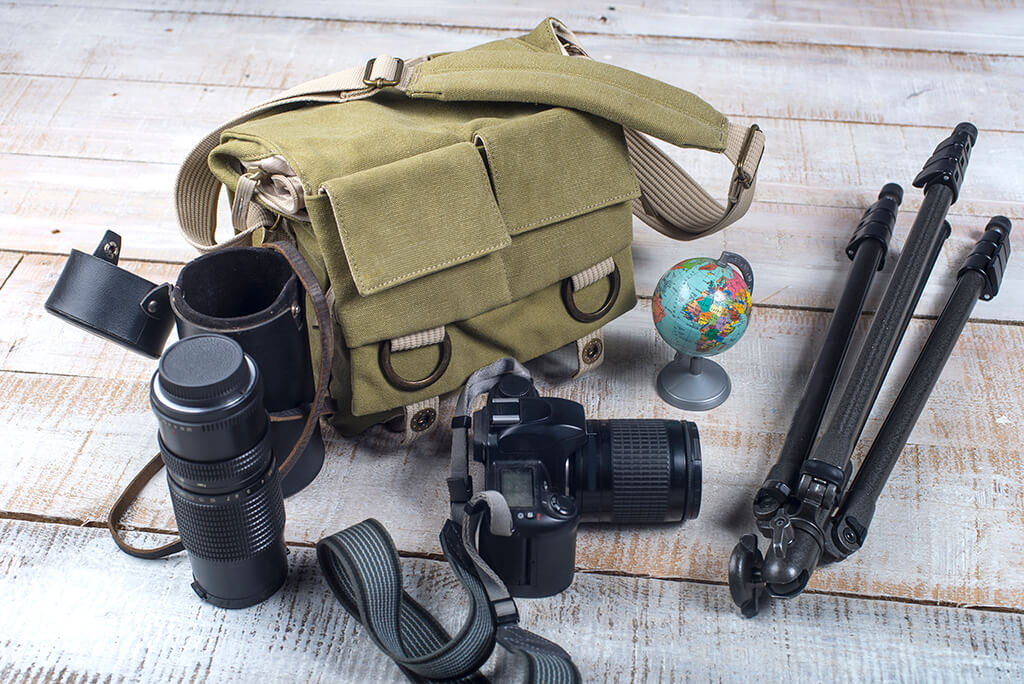
I recently traveled to Costa Rica to photograph a wedding, and I quickly realized that flying with all of my camera gear was a monumental undertaking.
Below are a few tips that made my travels go smoothly, and a few suggestions to into consideration before you travel with your camera gear.
This sounds like a no-brainer, but how you pack is one of the most important elements of traveling with your camera equipment.
If at all possible, try to get your most valuable equipment into your carry-on luggage, just to be on the safe side. Even if you have insurance, imagine how devastated you would be if you arrived at your destination and your equipment was gone because your checked baggage was lost. That would be a nightmare!

One issue with packing camera equipment in your carry-on is that some airlines strictly enforce a maximum carry-on weight. The airline I flew on this particular trip did not weigh my carry-on, but it can happen.
My suggestion would be to check with your airline beforehand to see if they have a weight limit. If they do not, try to keep your carry-on at a reasonable weight, and if you have any trouble, politely explain that you are transporting valuable equipment that the airlines are generally not liable for in a case of loss/damage.
There are plenty of great camera bags on the market that look like small, carry-on suitcases. They have sections and pockets that make it easy to get a lot of camera equipment into a small bag.

When booking your flight (if you are not flying first class or business class), try to get a seat toward the back of the plane. In most cases, economy boards back to front, so if you are one of the first to board, you will have plenty of space in the overhead compartment to put your camera bag (or bags).
When I flew to Costa Rica, my seat was in the front section of economy, but thankfully, I was flying with friends who boarded first, so they were able to get my camera bag on before the overhead bins filled up. Otherwise, I may have had some trouble.
If you are one of the last to board and the flight is completely full, your bag may not fit in the overhead bin. If that happens, your bag will likely be checked, which defeats the purpose of having your most valuable equipment in your carry-on luggage.
If you have a layover, make sure you have plenty of time to transport your gear to the next flight. While your camera bags may not seem heavy at first, after 30 minutes of walking with them, you are going to get tired. Trust me.
Just do your best to schedule flights so you’re not rushing through the airport with a lot of weight on your back. This will also give you a moment to grab a bite to eat. Staying energized is extremely important when traveling!

If possible, take as much equipment as you can. Extra memory cards and batteries will add very little weight to your luggage and can be a life-saver. Also, if you are traveling to a foreign country, before you leave, check to see if you need a special adapter for their electrical outlets to charge your batteries.
In terms of equipment, I carry two DSLRs with me when I travel. I carry my main camera, and a backup camera, just in case something happens to my main.
Nothing terrible has ever happened, but I figure its better safe than sorry, especially when travelling to an important event such as a wedding. I also carry my lenses, iPad, and flash in my carry-on. Tripods and light stands go in my checked luggage.
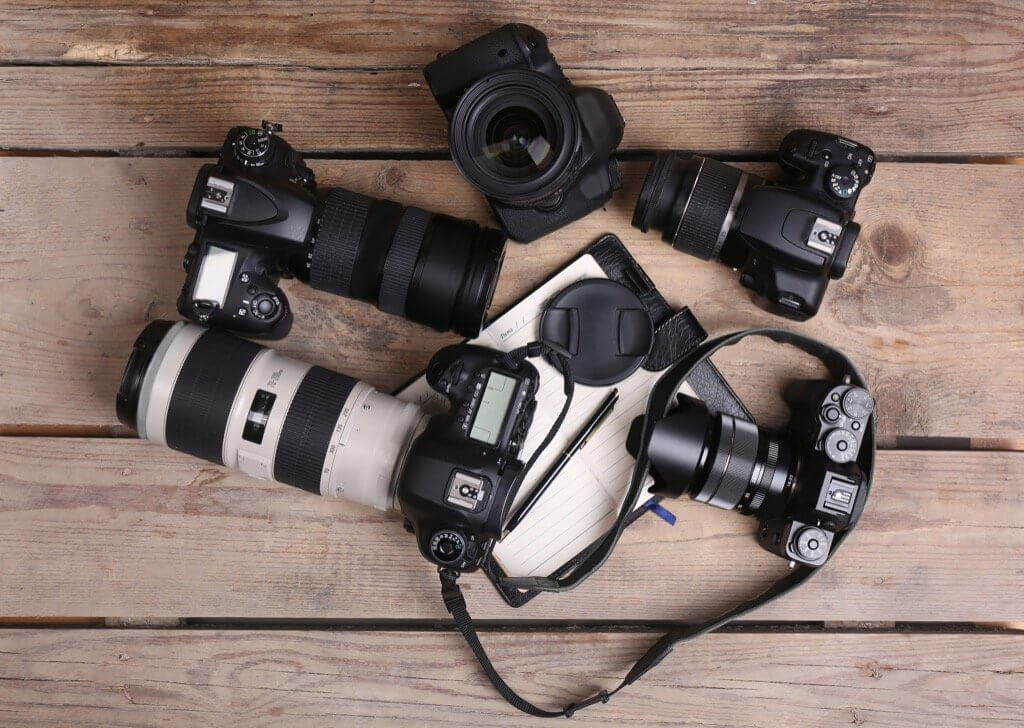
If you are traveling with film, check the TSA guidelines. Roll film, as long as its under ISO 800, is safe to put through the x-ray machines. If you are traveling with sheet film, or film that is ISO 800 or higher, you will need to have your film hand-inspected.
On my trip to Costa Rica, I had a disposable, underwater film camera with me. I thought the ISO was 400, but it was actually 800, so my film was completely destroyed after going through the x-rays.
Make sure to pack your film in your carry-on luggage. The x-rays used for checked luggage are more powerful than those used for carry-on, so its not a good idea to expose your film to checked luggage x-rays, even if the film's ISO is below 800. Here are the TSA guidelines for the film.
These are just a few of the many tips for traveling with photography equipment, but hopefully, they will steer you in the right direction before your next trip!
Do you have any questions or additional tips about Traveling with Camera Gear? Leave us a comment below - we would LOVE to hear from you! And PLEASE SHARE this post using the social sharing buttons (We really appreciate it)!

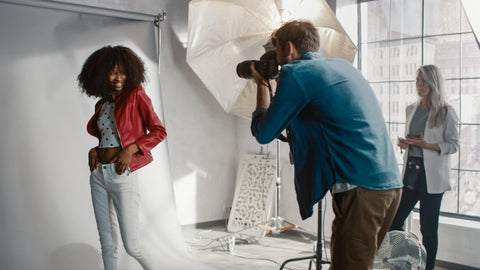
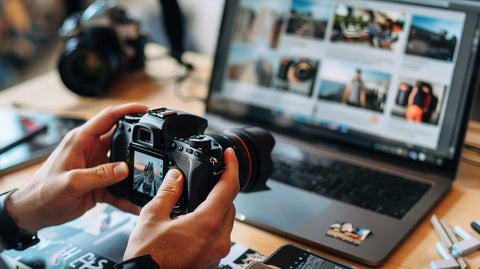
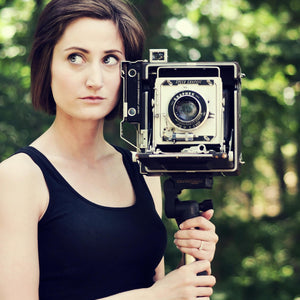
Anna Gay is a portrait photographer based in Athens, GA and the author of the dPS ebook The Art of Self-Portraiture. She also designs actions and textures for Photoshop. When she is not shooting or writing, she enjoys spending time with her husband, and their two cats, Elphie and Fat Cat.

Comments